Question: What is the Difference Reveal Brainspace and Reveal NexLP AI? Do I need one or both for my legal review?
Answer: The technically-correct answer is “two separate products that, when combined, become more powerful than ever.”
Brainspace is Reveal’s interactive data visualization platform. It shows your case in data points, clustering important data and tying it to other points for legal analysis. Easy enough, right?
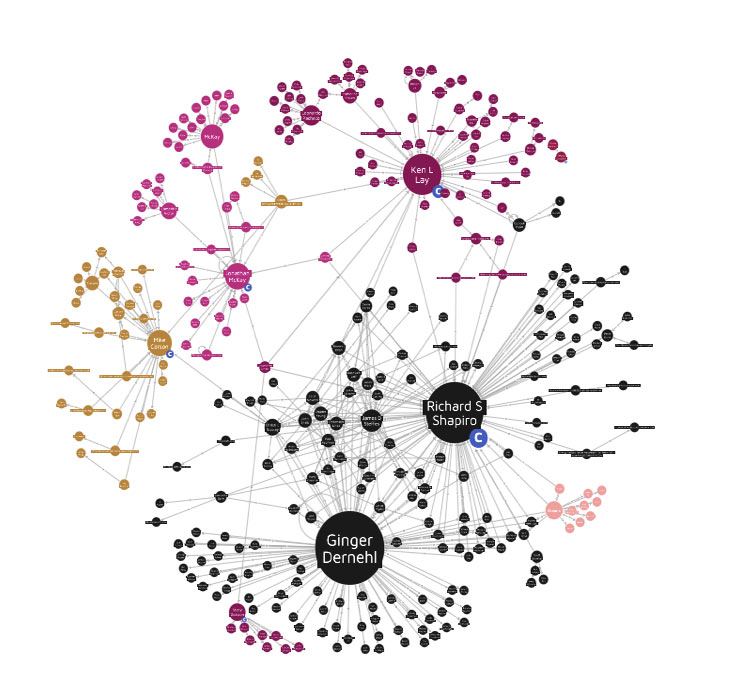
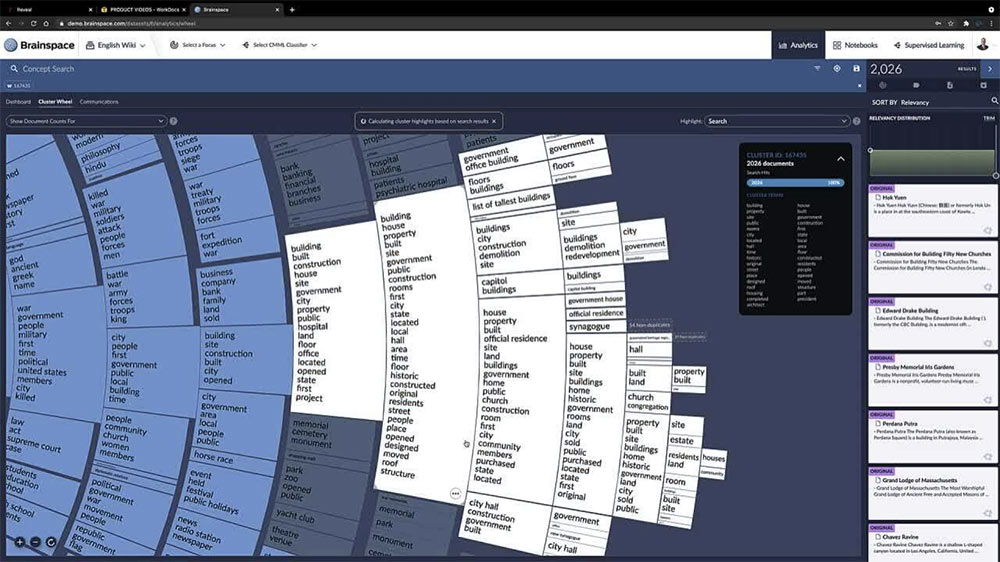
Brainspace allows you to hone in on important issues. Want to see when the Defendant left the country? Bam. Turn on the visualization timeline to find out. Want to find conversations related to certain topics? Boom. Use the topic cards to find them.
But wait, there’s more!
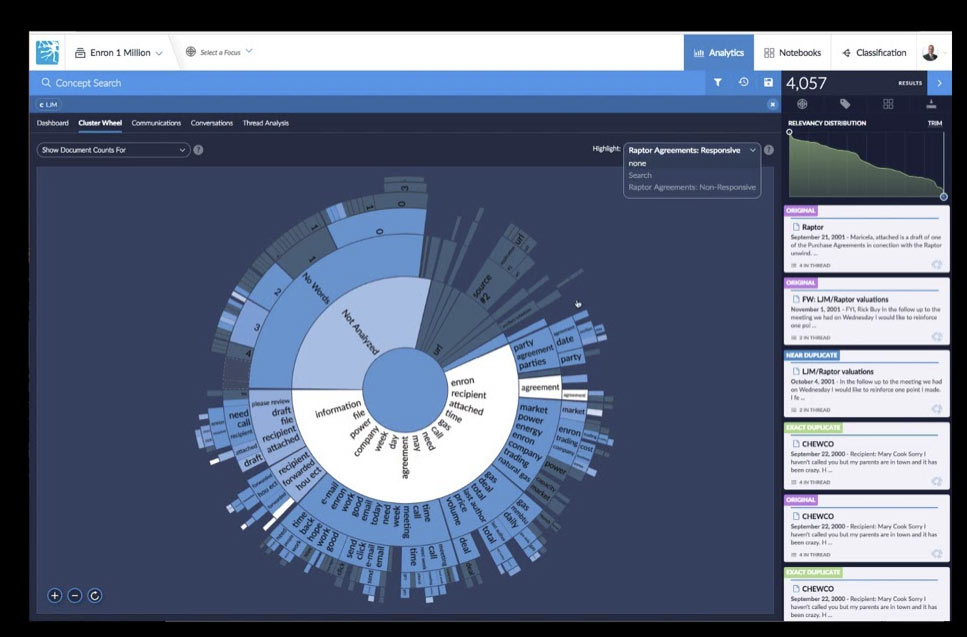
Brainspace shows you who talked to whom, when, how many times, and about what. No matter which way you want to search, the information is there to find and doesn’t rely on the user’s technical capabilities. The system even allows for searches of related content, so if you search for Term A, Brainspace will provide additional terms B, C, and D that might be helpful.
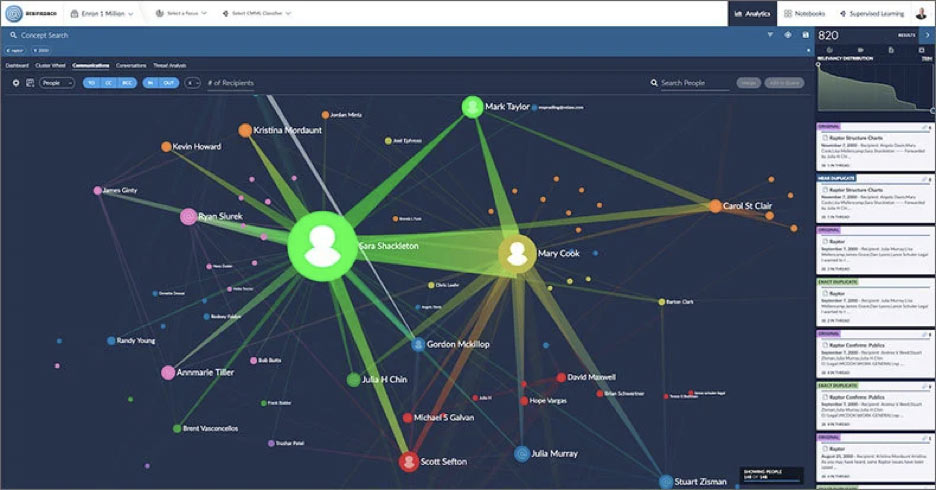
Reveal NexLP AI, on the other hand, is artificial intelligence applied to legal frameworks. This is way more than text analytics – AI Models can be applied to cases to sort out relevant or privileged information, cull spam, and identify positive or negative tones, which can significantly cut down review time. That means RevealAI can find heated conversations during which someone was pressured, for example, and it can determine exactly how much pressure was applied.
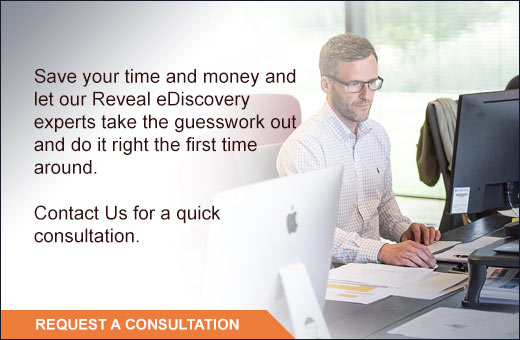 Predictive coding and natural language processing provide the most important thing for any case review: context. Its AI Models detect communication patterns and anomalies, finding hot spots of conversation by using its sentiment analysis. This “sentiment score” allows you to find arguments, coercion, and more. Even fraudulent behavior can be picked up by these models. Best of all? The machine keeps learning as you teach it by making coding decisions. For every four positive documents and one negative document you review, the system repopulates those scores based on that new information.
Predictive coding and natural language processing provide the most important thing for any case review: context. Its AI Models detect communication patterns and anomalies, finding hot spots of conversation by using its sentiment analysis. This “sentiment score” allows you to find arguments, coercion, and more. Even fraudulent behavior can be picked up by these models. Best of all? The machine keeps learning as you teach it by making coding decisions. For every four positive documents and one negative document you review, the system repopulates those scores based on that new information.
So do you need Brainspace, NexLP AI, or both? Well, guess what: Neither of these costs any extra when you do your legal review with Reveal! That means you get both artificial intelligence and visual analytics, all for the same price. Contact Datamine Discovery today for more information! If you are an attorney who needs help with eDiscovery project management services then please click here.
Written by Jennifer K. Kilgore, JD, eDiscovery Specialist
An Overview of Reveal eDiscovery Software
We also invite you to read An Overview of Reveal eDiscovery Software here.
We Offer Reveal eDiscovery Services and Support
Datamine Discovery has partnered with Reveal and specializes in utilizing the Reveal eDiscovery software suite to help our clients out with unstructured data mining. Please reach out to our Reveal eDiscovery experts at 617-329- 9530 to discuss your case or schedule a consultation.
